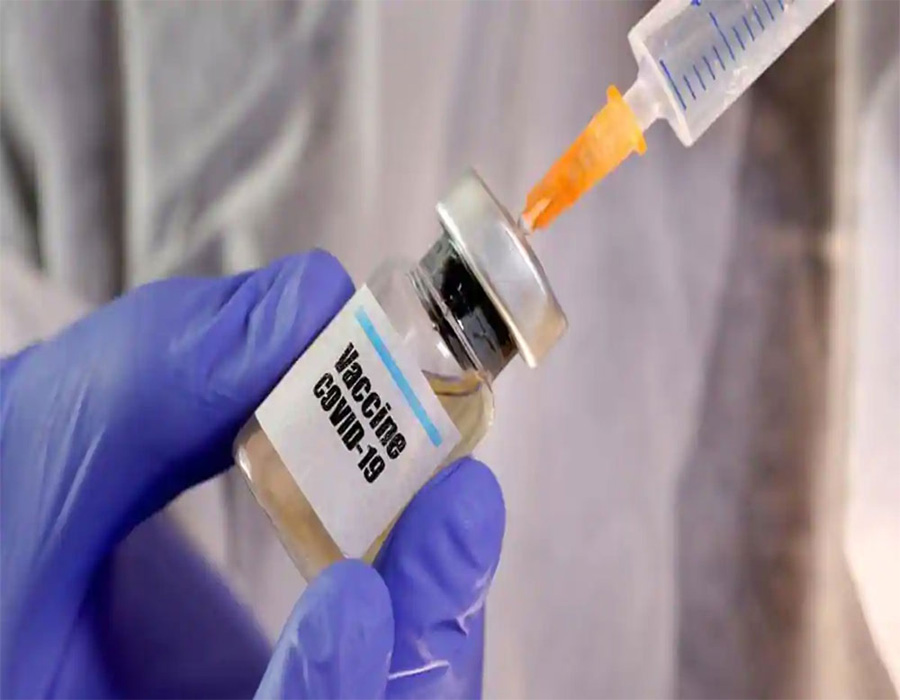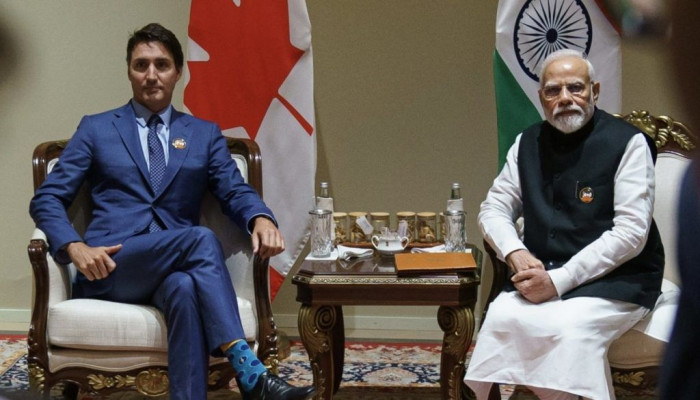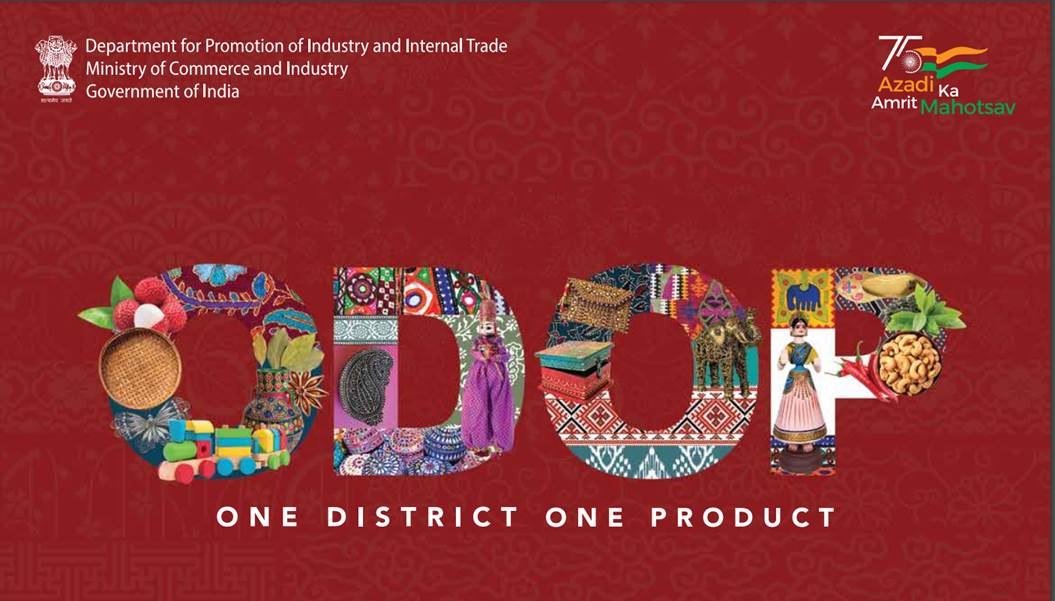It is a matter of debate whether our vaccination should be administered by the Govt or made broader with private sector participation
A fortnight ago, I was approached by the district authorities for a possible volunteer opportunity regarding the COVID-19 vaccine, once it becomes available in 2021. That to my mind is the beginning and perhaps end of an era and a change in mindset for a mass vaccination project, unseen and unattempted in human history. The challenge to provide an effective remedy for nearly one-fifth of the human population on planet Earth, in a country, which can be called a semi-continent. Till now, three companies have approached India’s regulatory body for emergency use authorisation of their vaccines: Pfizer-BioNTech, the Serum Institute of India with Oxford-AstraZeneca and the home-grown Bharat Biotech with an indigenous vaccine in collaboration with the Indian Council of Medical Research (ICMR). The Prime Minister has promised a vaccine availability in a few weeks, post regulatory approvals, and also indicated that there are about eight different vaccines under different phases of trial. Finally, the next two months are going to be crucial in India’s march towards a multi-trillion dollar economy, as it rapidly adjusts to the changing global and domestic discourse on the shot, while hoping for immunity for a critical mass of the 1.3 billion plus population.
That leads to a relatively young democracy like India, largely administered via 740 local district authorities and municipalities, to a new governance roadmap, where various models of vaccination have to be undertaken before it can be safe and available on demand across a chemist’s counter. A crucial aspect of this mass vaccination programme would, therefore, be Centre-State co-ordination, public-private partnership, engagement at the electoral booth level for personnel who work alongside healthcare professionals or vaccinators, a vaccine management central war room, with nodes spread right to the vaccinating spot in a far-flung district. When India went into one of the harshest lockdowns around the globe in March, it was an experience alien to all. Central Government departments, (for the time being we keep aside district and State-level authorities) that were bound by centuries of office protocols that required a physical signature by an authority before a regulation could be implemented, stretched broadband and hardware resources to facilitate seamless shift of work spaces (or laptops) to homes.
India managed four lockdowns, gradually opening up sector after sector, while ensuring a productive and record-breaking agriculture harvest and managing to avert any serious shortage of food and essentials. The mass movement of migrant labourers walking down streets of large cities or along railway tracks was perhaps the only major negative outcome of the pandemic (if we leave out the impact on an already ailing economy and the job losses). Yet, all of these had a common link in the way State Governments were coordinating with an evolving central leadership on all pandemic-related regulations and best practices. Hence, it would be good for the mass vaccination programme to keep the lessons of the lockdown handy. We must keep the hotlines of communication and supervision in top gear to achieve a healthy 2021 for all. Politicisation of the vaccine, making it an election issue for States going to polls in 2021 and spread of misinformation are all lethal for the nation’s vaccination goal. Plus, the Government has a wonderful opportunity of clubbing two initiatives of a high voter turnout and booth-level vaccination simultaneously for the five States that have elections looming on the horizon. Of course, it would require thorough coordination between various State and Central agencies, medico-legal backing and out-of-the-box thinking, to provide jabs to election duty personnel and the electorate at the booth level.
Some of the firms who have applied for emergency application approvals in India have also indicated their willingness to make it available for paying private players besides the Government. National vaccination programmes so far have been tightly State-controlled and have proven to be an effective means of preventing once-deadly diseases and viruses. But they have always been used for a certain bracket of the population, never exceeding 30 million in one shot. It is a matter of public policy and debate whether India’s vaccination should be tightly-controlled and administered by the Government, or made broader, with private sector participation. Estimates suggest that if the Government, as the largest employer, manages to vaccinate all its employees, and larger private players, including those in the healthcare sector, administer shots to their employees and families, nearly 10-12 million people will get vaccinated quickly. That should leave many dosages for the poor and the elderly who should be in the second order of priority for vaccination. Of course, the question and debate over prioritisation, the cost of the shot, State subsidy vs over the counter market prices, are going to be in the headlines for the coming months. However, the Government should allow the private sector to participate with a light touch regulatory lease (at least for the initial six months) in the biggest vaccination project in human history. As we approach 2021, a new world of emerging opportunities and threats awaits India. A new decade of promise and prosperity for the billions of citizens of Naya Bharat may very well begin with an effective jab.
(The writer is a policy analyst)








 OpinionExpress.In
OpinionExpress.In















Comments (0)